Edible flowers prove flowers can have a place on a meal too, and not just a beautiful afterthought. Nature has blessed us with many beautiful flowers to do as we please; they are almost too cute to touch. But somehow, they have become the star of decorating and expressing romantic gestures.
Flowers are now used as garnish or meal and drink ingredients, thanks to innovative cooking styles. While you might wonder if they are just decorative, nutrition experts say they are healthy eats. But you don’t just have to go around adding your favorite flowers to your food.
Violas are arguably one of the most common edible flowers for their vibrant color and sweet flavor. They are the centerpiece for many dishes, but you can do more with some flowers, you know. If you wonder where to start, here are 10 other examples of edible flowers with flavor and nutrition, and color you will love to add to your dishes.
1. Nasturtium
Nasturtium is a chef’s delight to add when cooking with edible flowers. The brightly colored petals make a plate picturesque, and it packs enough flavor to pair with savory dishes. Whether you choose to eat it raw or cooked, the leaves and petal bloom are a great spicy addition to meals.
They give a little peppery kick to meals, with the leaves having a higher spicy punch than the flowers themselves. So, use each part of the flowers for the suited pallet preferences. The bright orange or yellow petals are great for garnishing pastries and other baked goods, even with their flavor.
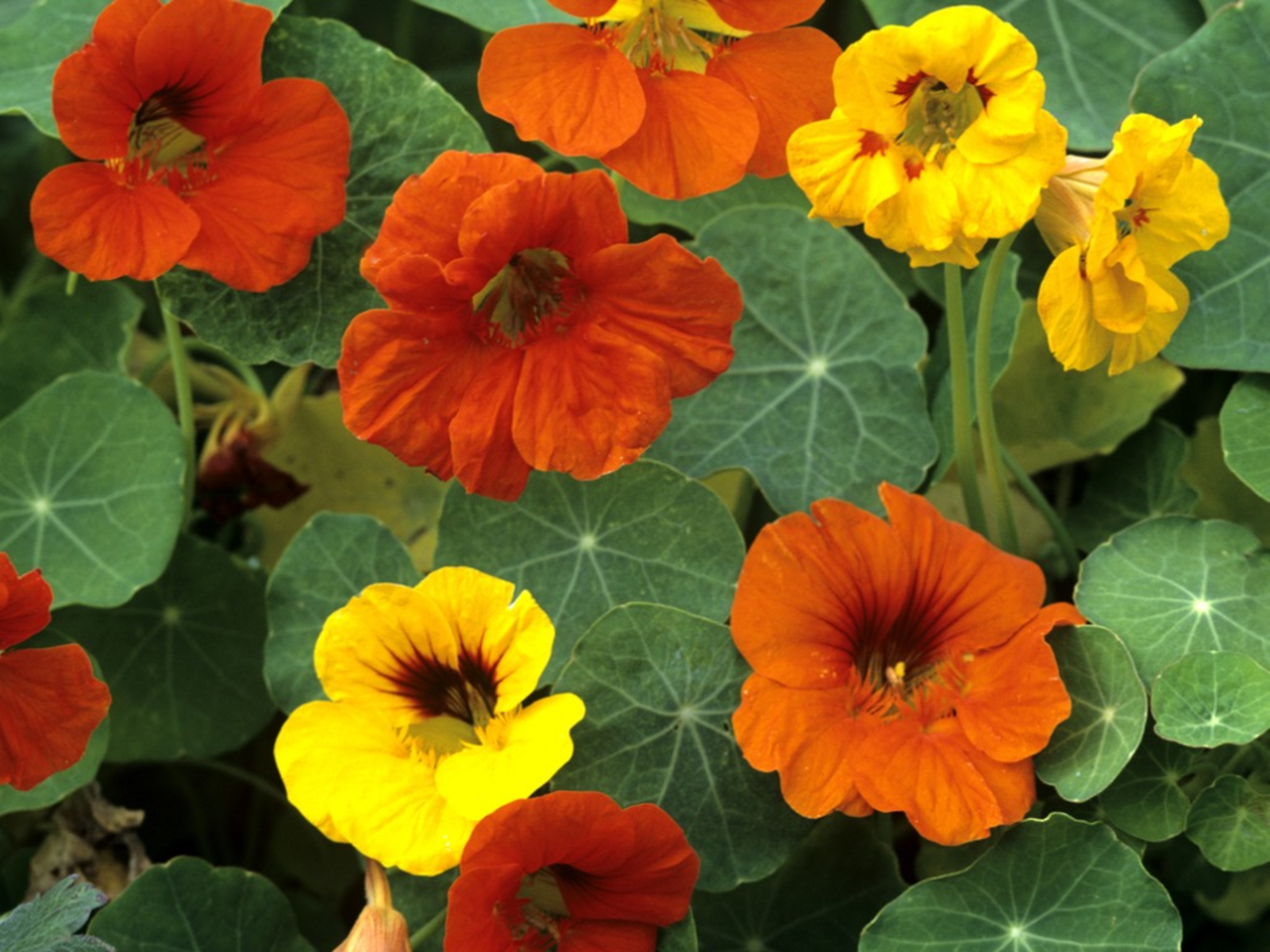
For a refreshing salad, you can throw in the leaves for more greens or blend to form a pesto for other nutritious bites. The health benefits of this beautiful savory flavored flower are many, including supporting good health since it contains valuable minerals and compounds. It so also a rich source of antioxidants.
2. Chamomile
If you run a little search or check your local stores, you may not be able to count the number of chamomile tea available. That’s how helpful this flower is, and its health benefits have been utilized for centuries now. Chamomile flower is similar to daises but can be used for cooking.

When added as a cooking ingredient, the floral herb releases earthy flavors to meals. Most times, the flowers and leaves are dried and used to make tea, which is a great way to unlock the flavors. The fresh petals are a nice pairing for making desserts and syrups.
Infusing chamomile in your diet aid digestion soothes the stomach and body and can help you sleep better. Drinking chamomile tea is also linked to lowering the growth of cancer cells in the skin, uterus, and breasts.9
3. Rose
Surprised to see a rose on the list of edible flowers? Think again, as all its species are healthy eats. The only constraint is the different tastes these different variants can give. Navigating through 150 species is difficult to decide the tastiest ones, so it becomes simplified by smell. If you plan on eating the next rose you get, use the trick of good smell equals good taste. Also, the species with dark petal shades are very flavorful.
However, the petals are the only palatable part of the flower, as the leaves and thorny stems are not so great. Rose take good mixed with fruits to make salads and green bowls if you plan to eat it uncooked. Elevated your bread spread by adding chopped roses to your butter or using them in making jelly.

When used for cooking, they give a nice sweet and aromatic flavor to meals. The dried petals are a great addition to herb mixes and granola. Asides from the rose water used in solving skin problems, it makes rose petals is an excellent beverage for relaxation. It is also a healthy choice for reducing anxiety.
4. Hibiscus
There is a vast array of hibiscus species around the world. It is a flower with large petals that grow better in tropical and warm climates. These petals can grow up to 15cm in size, exiting in bright colors such as red, pink pallets, yellow and white. With all the vast array of hibiscus blossoms, the most popular edible species is the hibiscus sabdariffa (roselle).

The flower is gorgeous when grown as ornaments for decorating the surroundings. But it has become quite famous for its sweet taste when eaten raw. One of the easiest ways is boiling them to make medicinal tea or refreshing drinks. It is also a great ingredient in making jams and adding color to salads.
The tea is a tart floured drink in locations where they are found for the humid weather. However, studies have shown it effectively reduces cholesterol and blood pressure levels. This benefit of maintaining a healthy heart still has some controversy surrounding it.
5. Squash flowers
If you have ever seen zucchini or yellow squashes considered as summer squash, you may not be aware that the flowers are edible as well. The rounded bright yellow found on zucchini can make a healthy addition to your meals. Squash blooms are edible flowers that can get eaten raw when used to garnish salads. Cooking them with other herbs or baked goods is also great. A wholesome snack will be baking the petals till it becomes crispy chips to munch.
Now that you know how nutritious they are, do not go picking all the plant’s flowers. If you plan on eating the flowers from your squash plant, be careful not to cut off the female flowers that form fruits. You can identify the male flowers with their thin stems growing around the plant’s edges.
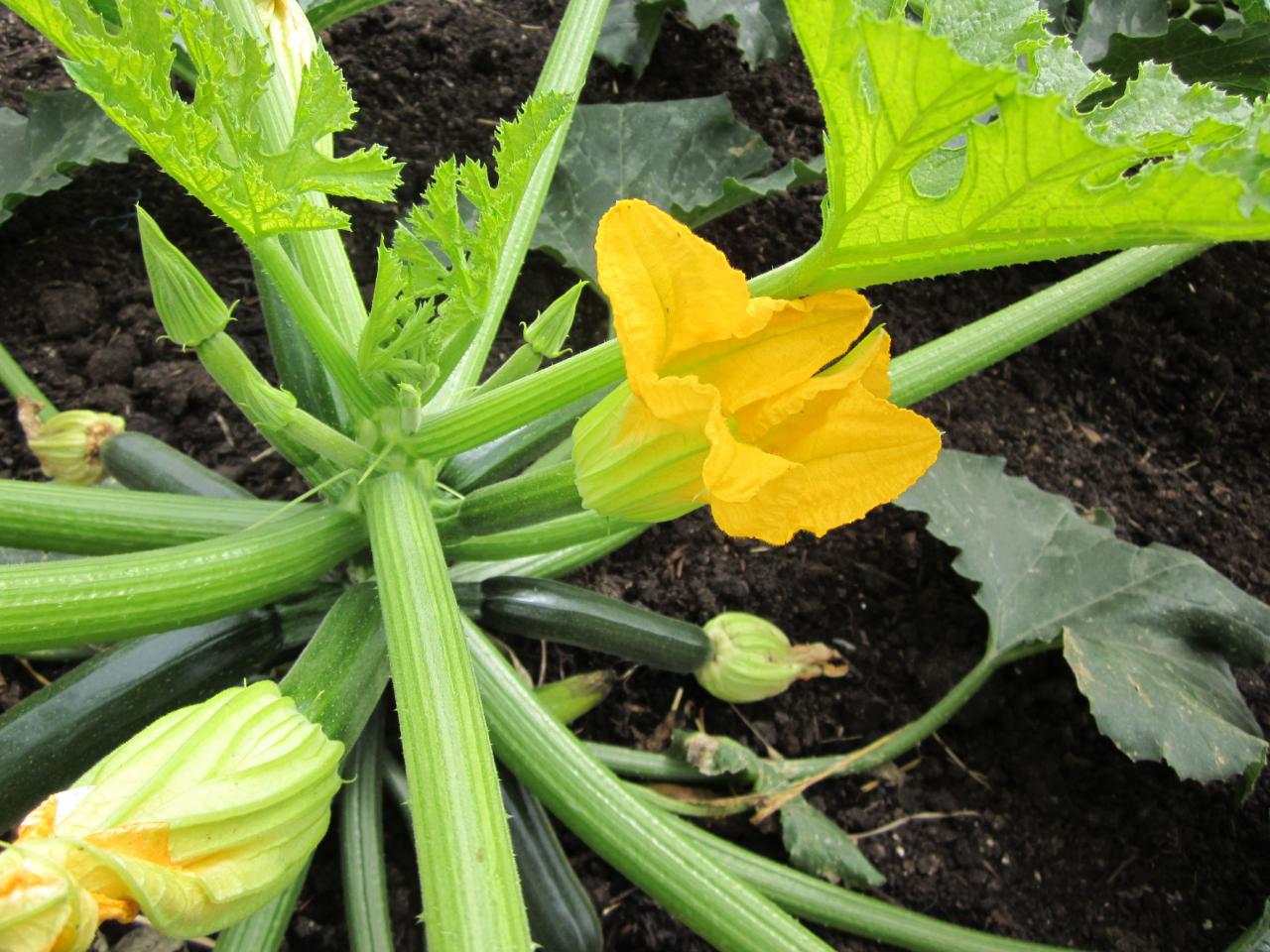
In comparison, the female flowers are found in the plant’s center since they are the base where the fruit grows from. You may notice a tiny fruit at the stem base. Taking note of these differences is the only to enjoy both the fruits and flowers of the squash plant.
6. Borage
Borage is also known as starflower for the plant’s star-shaped blue or beautiful pink flowers. The flower can be eaten versatilely and even served as a standalone vegetable dish. The favorite way it gets used in culinary is for a cocktail or dessert garnishing because of its visually appealing look.
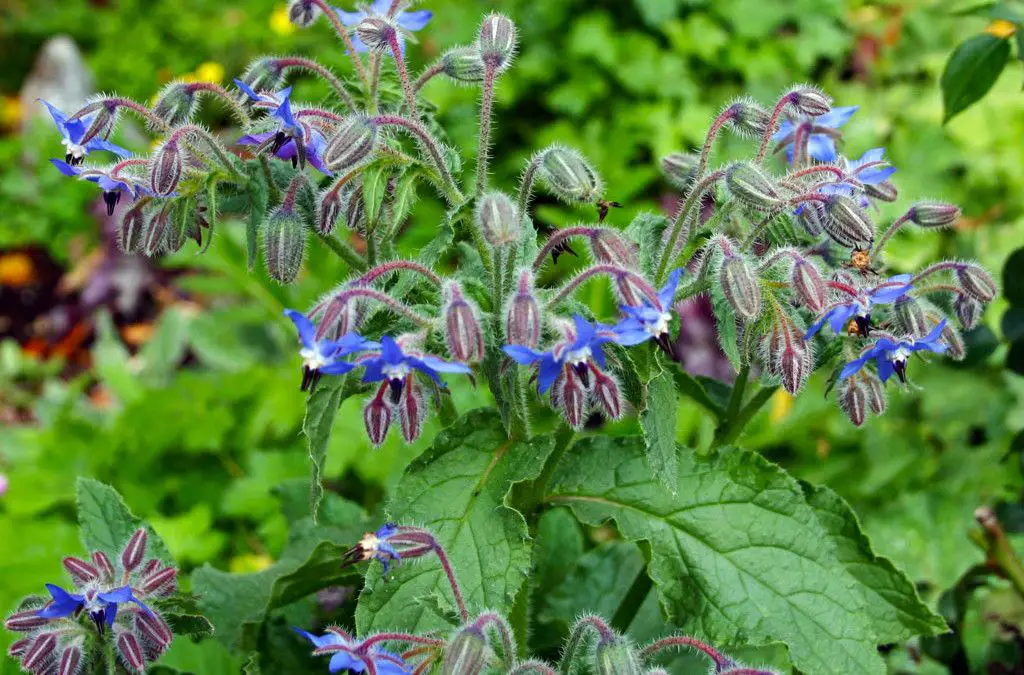
The flowers taste sweet like a honey and cucumber mix, so throwing them in your salads, sauces, and soups is a great idea. The leaves are also lovely to eat and make hearty pasta meals. Although it has not gotten proven yet, borage is a suggested herb for treating sore throat and other minor illnesses in the body.
7. Dandelion
The infamous flower is, also known as a stubborn garden weed, is an edible nutrition flower. They are bloom in small centimeters, but surprisingly you can eat all parts of the flower. Its stem is lovely greens for cooking hearty meals such as casseroles; while the leaves can serve as salad dressings, the roots are not left out as you can use them to whip up teas.
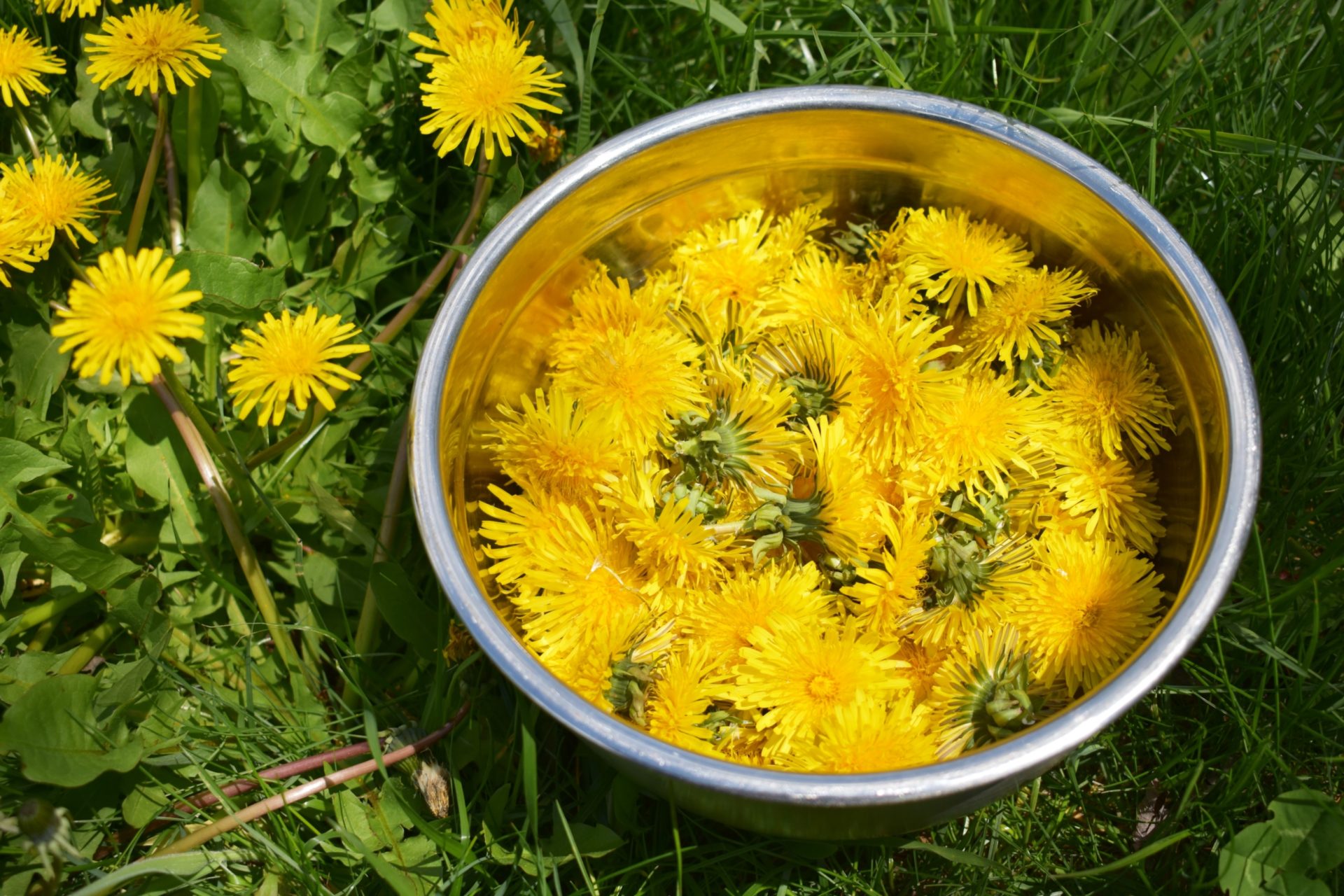
All flower parts are an excellent source of antioxidants, making them a healthy choice for your skin and body system. Eating options include raw flowers as a perfect element in your salad bowl. You can also spread them on top of cooked rice with a touch of elegance and nutritious texture. An afternoon healthy snack of dandelion can be layered with bread and egg wash and fried. Dandelion wine can satisfy you with a nutritious sip if you get thirsty.
8. Lavender
Lavender is a small pleasant scented cluster of small purplish flowers. The flower is an herb that soothes the senses with its sweet fragrance, making them useful for several things. Going by the beautiful colors, the flower is excellent for decorating food.

Its fragrance is also widely used to spice up full meals, baked goods, herbal tea, and spice mix. Adding it to food containing citrus fruits and harsh spices balances out the flavors. However, they tend to overpower other ingredients if you don’t use caution when cooking with them. So, if you do not want lavender aroma as the star of your dish, add in small bits.
9. Honeysuckle
This flower already sounds like it will be sweet even when eaten raw from the name. They exist as small white or yellow flower that stores nectar that can get sucked from the flower. There are almost 200 species of honeysuckle known, but the Japanese and Woodbine are the most famous.
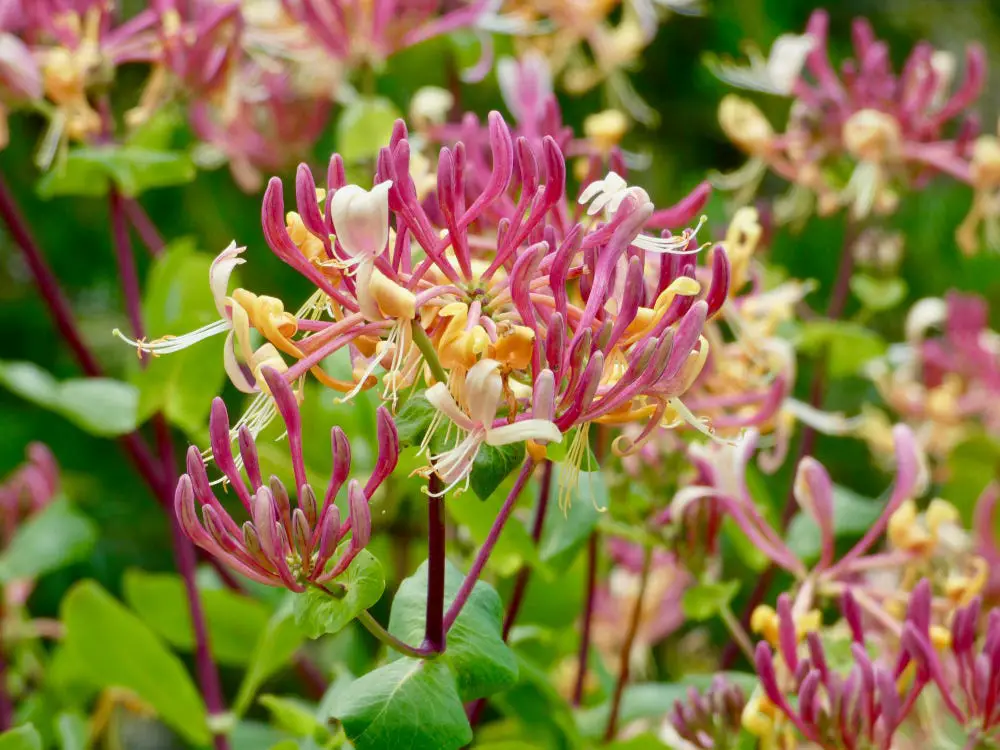
Cooking with honeysuckle can be a fun experience, as using the nectar in making syrup can serve several purposes. You can sweeten yogurts and substitute them as sugar when baking with syrup. A simple way to use the plant is by boiling them to make tea.
The Chinese have used the health benefits of this plant for a long even without being scientifically backed. The Chinese find the honeysuckle plant very medicinal in treating skin conditions. One of the most common ways is using its extracts to treat inflammations. In some species, the berries become toxic when eaten in excess, so be careful handling them.
10. Purslanes
Before now, purslanes got regarded as weeds found in the garden. However, the succulent flower is directly viewed as nutritious and has gained popularity in culinary usage. It is fleshy leaves plants with small yellow flowers that are delicious to eat raw and cooked.

Steamed purslane flowers are excellent toppings for soups, or when added with other plants, it elevates your entrée. If you are up for it, you can throw the leaves in batter, fried for side snacks. Going with a simple sandwich or salad insert is also a great way to enjoy this flower.
In plants, classification purslane is one of the best sources of omega-3 fatty acid that reduces depression promotes the health of body parts such as the brain, heart, and eyes. In addition, the flower contains other beneficial minerals abs vitamins.
How to pick edible flowers
It is best to grow edible flowers, and on days you plan on eating them, cut them in the morning when they are moist with high water content. Some flowers may have unique ways to cut them after successfully getting the amount you need. Follow these simple steps.
– Cleaning your edible flowers
After picking the flowers:
- Shake them thoroughly to smoke out hidden insects and tiny organisms living inside them.
- Place them under the tap, allow water to run through them, strain, and air dry.
- Keep them away from sunlight on a clean paper that can absorb the water.
– Take out the unwanted parts.
Aside from the petals and stem, several parts make up a flower, such as the styles and stamen containing pollen grain. These parts become removed before you can safely eat the flowers. That’s because they may cause allergic reactions and do not have a good taste.
– Be mindful of the edible flower parts
Only the petals are edible in some flowers, just like the rose; for many others, you can include the leaves and eat as you please. In such cases, separate the parts you can eat and keep them fresh. You can use flowers such as dandelions as a whole since the roots are edible.
– Preserving edible flowers
When flowers are in whole, and you plan on using them soon, you preserve them in a glass filled with water, kept on the refrigerator. You can maintain some flower types for up to ten days by wrapping them in soft paper inside an airtight container.
Where to buy edible flowers
It is always best to cut flowers from the garden, but you don’t have gardening skills. You can always buy edible flowers from the local farmer’s market to get only fresh ones. Some shops sell such flowers, both physical and online such as Amazon. Be sure to ask the sellers questions about their sources, so you don’t buy flowers that have gotten preserved with chemicals.
In conclusion, when next you a lovely flower to garnish your food, enjoy it with enthusiasm if you are sure it is edible. That’s because edible flowers are a visually pleasing healthy infusion in meals with several benefits to the body. If you are new to eating them, experiment with little bits added to your food.

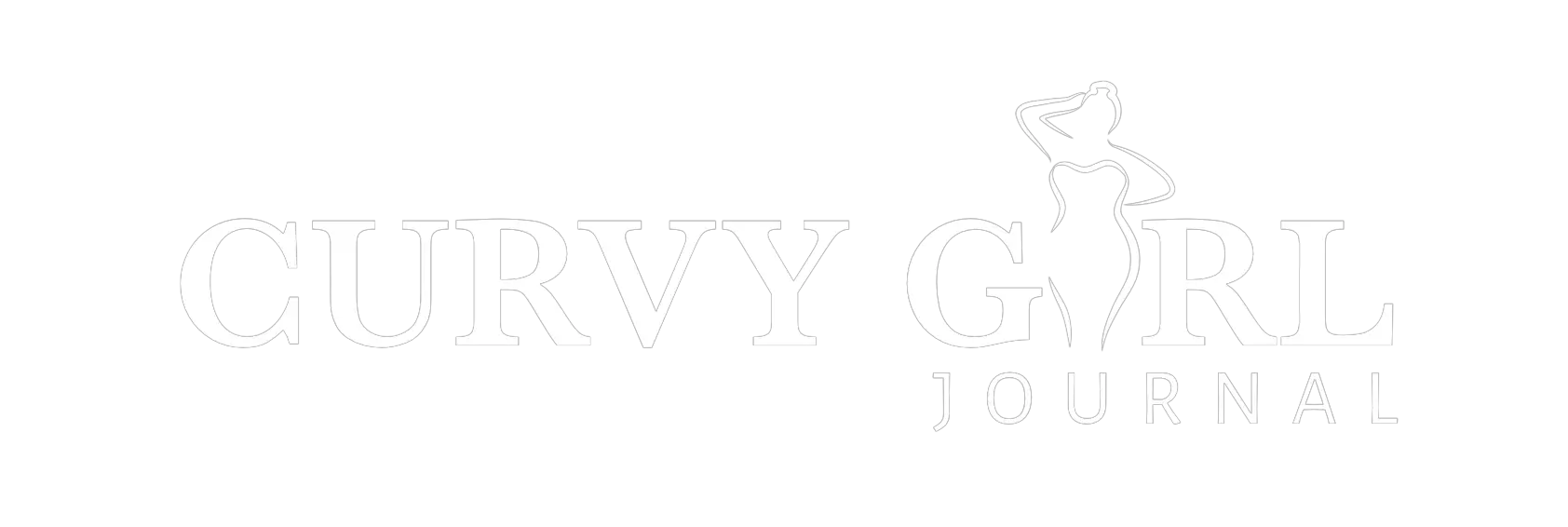


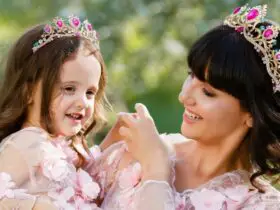

















About Me
Fashion & Beauty Enthusiast
Hi, I'm Fanti. I'm a fashion, beauty, and lifestyle enthusiast, and the ultimate curves queen. Here, I share beauty, fashion, and lifestyle tips to teach, inspire, and give confidence to all women.